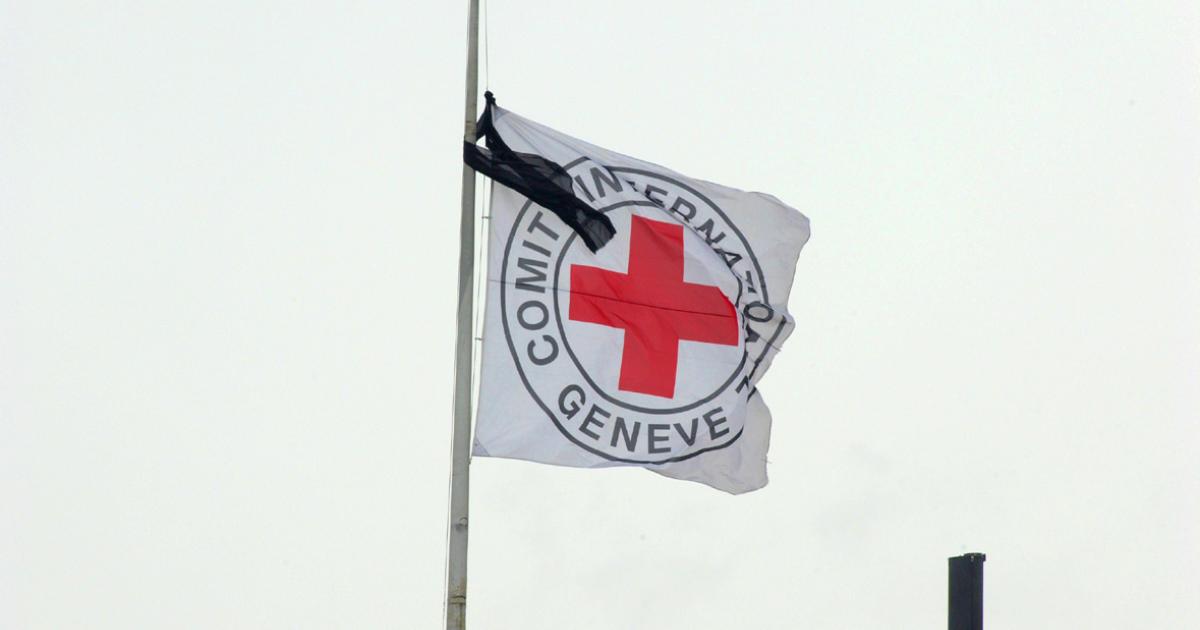
Key points
|
The insufficient tightening of a friction lock during pre-flight checks resulted in a Beechcraft King Air’s left power lever migrating to idle during the take-off roll, an ATSB investigation report details.
The King Air B200C aircraft, operated by Pel-Air, was departing Essendon for Albury on the night of 19 August 2021 to conduct a medical retrieval flight with a pilot, paramedic and doctor on-board. During the take-off, the aircraft experienced a reduction in power on the left engine and an uncommanded yaw to the left.
The pilot, who had about 16,000 hours of aeronautical experience, of which 42 hours were on the King Air B200C, initially managed the situation as an engine power loss and focused on maintaining directional control. However, when troubleshooting, they identified that the left engine power lever had migrated rearwards to the idle position. In response, the pilot moved the power lever back to take‑off power and adjusted the friction lock to prevent further movement.
The flight continued to Albury without further incident.
“The King Air’s power lever friction locks require careful adjustment to prevent the power levers moving inadvertently, particularly during take-off,” said ATSB Director Transport Safety Dr Stuart Godley.
“This is a characteristic generally known among King Air operators and pilots.”
When interviewed by the ATSB, the incident pilot reported that they were new to the B200C and unaware that power lever migration could occur during take‑off.
Another pilot from the operator noted that, until a pilot experienced a power lever migration, it could be difficult to know how much to tighten the friction locks.
“The power lever friction locks fitted to the King Air require careful adjustment to prevent power lever migration during take-off,” said Dr Godley.
“Operators should ensure pre-flight checks provide opportunities to confirm friction lock settings before the take-off run, and ensure pilots have adequate knowledge of friction lock sensitivity to help prevent and recover from inadvertent power lever migration.”
Dr Godley said the ATSB has released a safety advisory notice to all operators and pilots of King Air aircraft advising of power lever migration and the need to be aware of the careful adjustment required for the power lever friction lock.
“This incident highlights the importance of having a detailed understanding of the characteristics that may be specific to an aircraft type,” he said.
“In the case of the King Air, the design of the power lever system means that the friction locks requires careful adjustment to prevent power lever migration.”
You can find here the report AO-2021-034: Uncommanded power reduction involving Beechcraft King Air B200C, VH-VAH Essendon Fields Airport, Victoria, on 19 August 2021
Last update 21 October 2022







